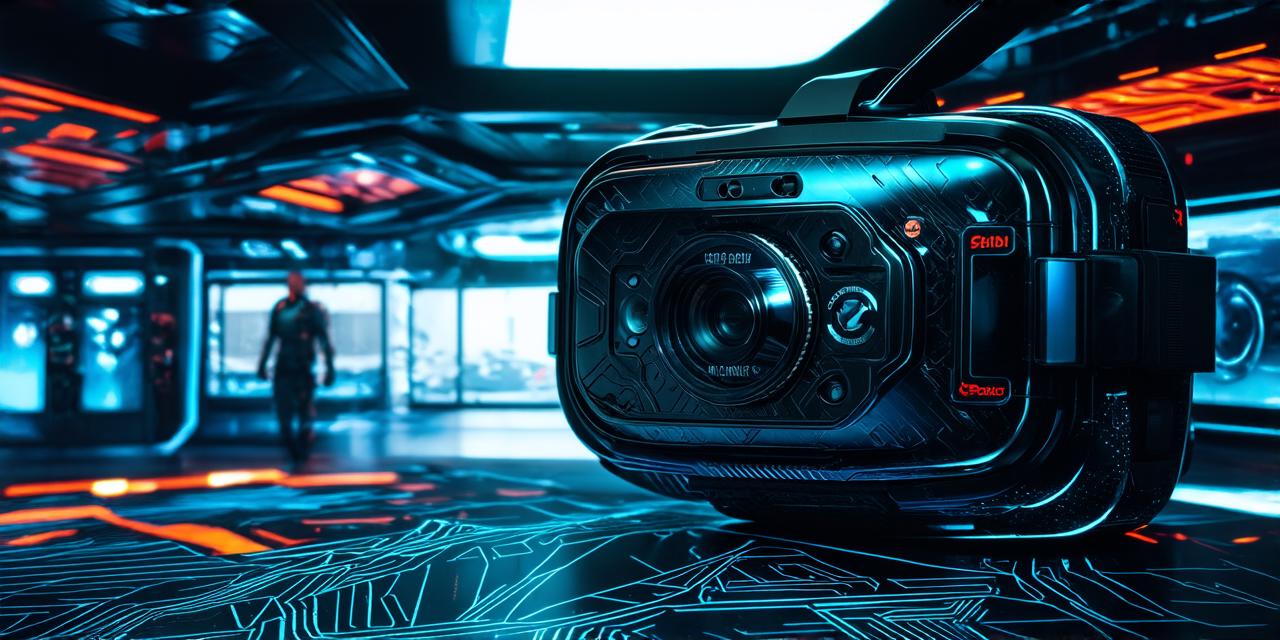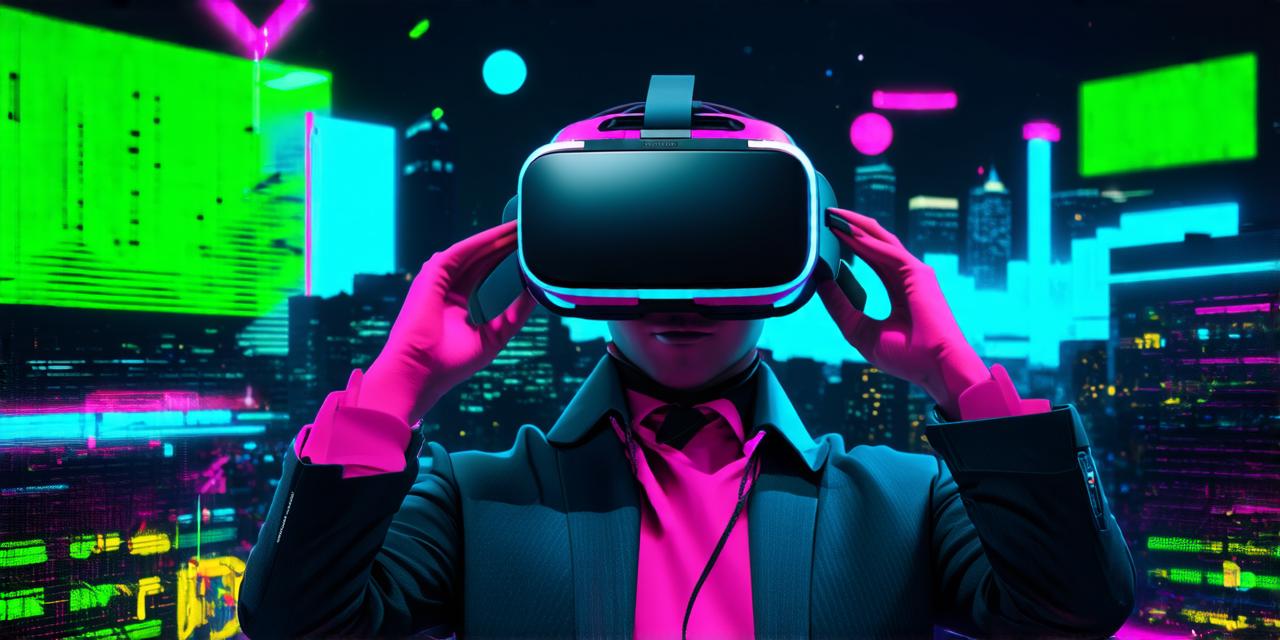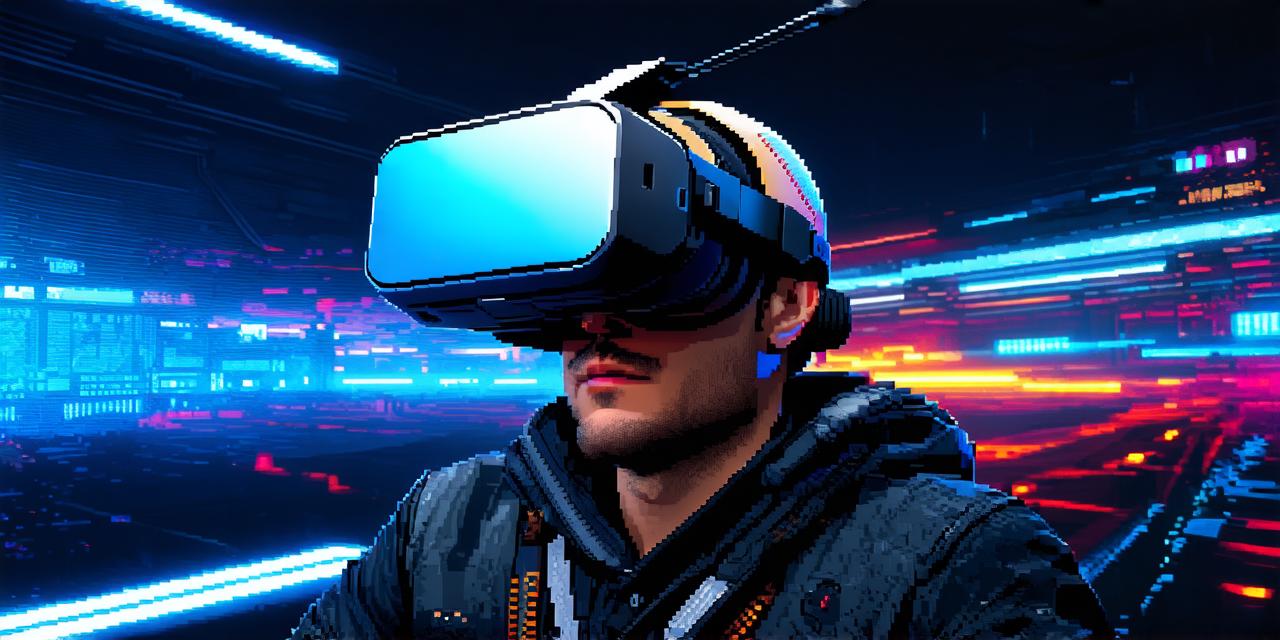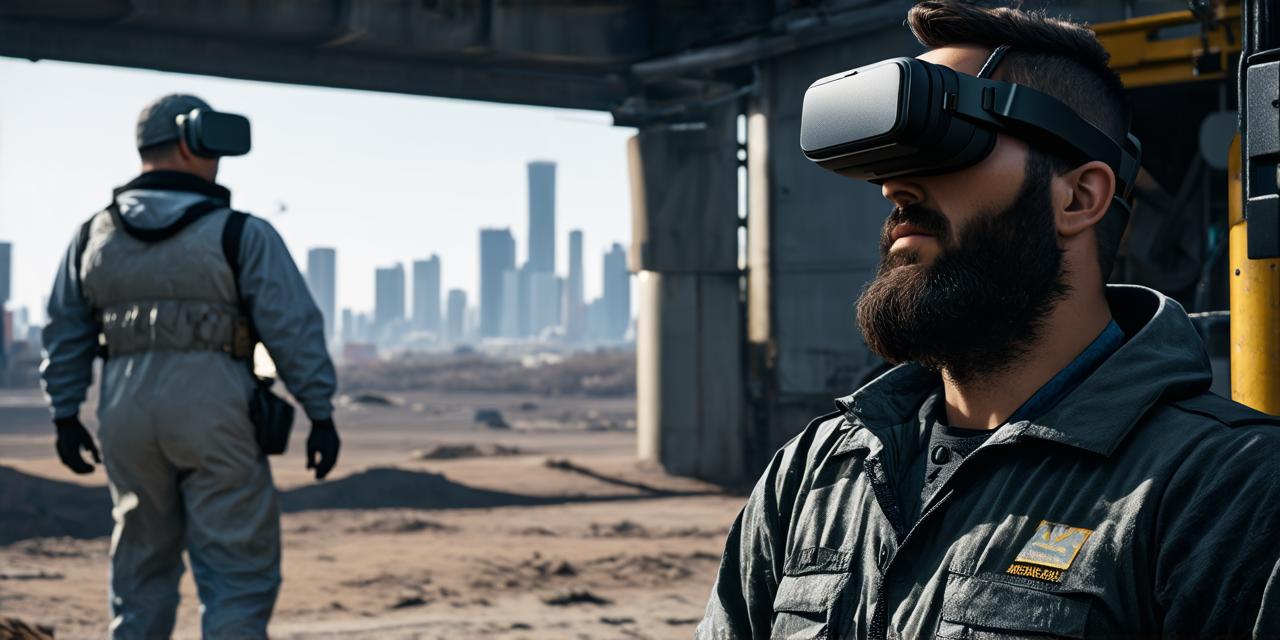Virtual reality (VR) is a computer-generated simulation that immerses users in an artificial environment. It allows them to interact with this environment as if they were physically present, using specialized equipment such as headsets and gloves equipped with sensors. The purpose of VR technology is to create an experience that is more engaging, interactive, and realistic than traditional media such as movies or video games.
Virtual reality has a variety of potential applications across different fields, including entertainment, education, healthcare, and business. In this article, we will explore the main functions of virtual reality and how it can be used to improve our lives in various ways.
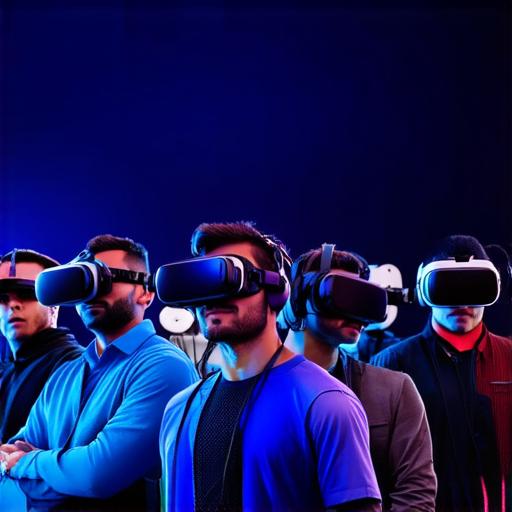
Entertainment
One of the most popular uses for virtual reality is in the entertainment industry. VR technology allows users to experience immersive, interactive games and movies that engage their senses and transport them into a different world. With VR, users can explore new environments, interact with characters, and even become part of the story. This has led to the creation of new forms of media such as VR films and interactive theater performances.
Education
Virtual reality is also being used in education to enhance the learning experience for students. By simulating real-world scenarios, virtual reality can provide a safe and controlled environment for students to learn and practice new skills. For example, medical students can use VR simulations to perform surgeries, while history students can explore ancient civilizations and historical events in a realistic manner. This has the potential to improve student engagement and retention, as well as reduce the cost of traditional classroom experiences.
Healthcare
Virtual reality is also being used in healthcare to treat a variety of conditions. For example, VR therapy has been shown to be effective in treating phobias, anxiety disorders, and post-traumatic stress disorder (PTSD). By exposing patients to controlled virtual environments, therapists can help them confront and overcome their fears in a safe and controlled manner. In addition, VR technology is also being used to simulate surgical procedures, allowing doctors to practice and improve their skills before performing the actual surgery on a patient.
Business
Virtual reality is also being used in business to enhance customer experiences and improve efficiency. For example, real estate agents can use VR technology to give clients virtual tours of properties, while car manufacturers can use VR simulations to test and improve the design of their vehicles. Virtual reality can also be used for training employees, allowing them to practice new skills in a safe and controlled environment. This has the potential to reduce errors and increase productivity in a variety of industries.
In conclusion, virtual reality technology is being used in many different ways to enhance our lives and improve our experiences. Whether it’s in entertainment, education, healthcare, or business, VR technology has the potential to revolutionize the way we interact with the world around us. As this technology continues to evolve and become more accessible, we can expect to see even more innovative uses for virtual reality in the future.
